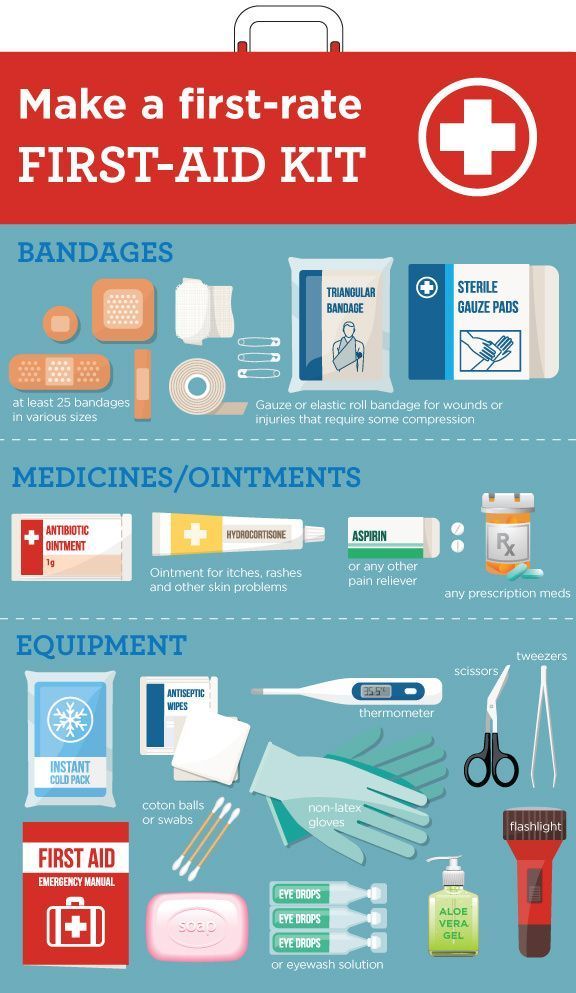Imagine finding yourself in a situation where a loved one suddenly collapses or is severely injured. Panic sets in as you realise that professional help may take a while to arrive and every second counts! In these critical moments, first aid and CPR knowledge can make all the difference, turning you into a beacon of hope.
First aid is not just a set of skills; it's a mindset, an empowering ability to take immediate action in times of crisis. Whether it's recognising the signs of a heart attack, stopping severe bleeding, or providing CPR to someone during a cardiac arrest, these skills can be the line that separates life and death.
CPR, in particular, is a skill that can significantly increase the chances of survival for someone experiencing cardiac arrest. Those crucial chest compressions and rescue breaths can keep oxygen flowing to the brain and vital organs until professional help arrives. It's like being a human defibrillator, reviving the spark of life.
So, ensure you learn the correct and accredited first aid techniques with a nationally recognised training provider.
Recognising and Responding to Medical Emergencies
Picture this: You're at a dinner party, and suddenly someone starts doing an impromptu impersonation of Darth Vader. It's not a Star Wars fan convention gone wild—it's a medical emergency! Difficulty breathing, chest pain, sudden confusion—you know the signs. It's time to channel your inner doctor and call emergency services faster than it takes to order a pizza on a Friday night.
But wait! That's not all. If you're feeling extra ambitious, learning CPR can transform you into the superstar of emergency situations. Picture yourself doing the chest compressions rhythmically to the beat of "Stayin' Alive" by the Bee Gees.

Dealing with Cuts, Scrapes, and Wounds
Ah, the inevitable injuries of everyday life. If you get a cut or scrape, remember to clean it up like you're giving your house a spring cleaning. Mild soap and water will do the trick—no need for a pressure washer! Gently apply pressure with a sterile gauze or a clean cloth to control bleeding. Just remember, this isn't a reenactment of The Great Gauze Rebellion—be gentle!
Handling Burns
Hot potato! Ouch, that burns! We've all experienced those pesky little accidents, whether it's touching a hot pan or a rogue curling iron. When the heat is on, it's time to act fast. Immediately cool that burn under cold running water for a good ten minutes, but resist the temptation to reenact a polar plunge in your kitchen sink. Ice and frostbite aren't exactly the kind of duo we're aiming for here.
Cover that burn with a clean, non-stick dressing or a sterile cloth and voilà!
Dealing with Fractures and Sprains
RICE isn't just a staple of Asian cuisine; it's also the key to handling these pesky injuries. Rest, Ice, Compression, and Elevation.
Rest: The key is immobilising the injured area, ensuring it stays in place.
Wrap an ice pack in a cloth (we're not going for an Arctic expedition here) and apply it to the affected area. It's like giving your injury a cool, soothing high-five.
Next, grab a bandage and apply a snug but not-too-tight wrap, making sure not to turn your limb into a mummy impersonator.
Get some makeshift splints like rolled-up magazines or towels, and get to work. Simply place the splint alongside the injured limb, ensuring it extends beyond the joints above and below. You can secure it in place using tape, bandages, or any available ties.
Lastly, elevate the injured area, and prop it up on a pillow or cushion.
Remember, if you suspect a fracture is severe or if there is a visible deformity, intense pain, or difficulty moving the affected area, it's essential to seek medical attention. A healthcare professional can provide a more thorough evaluation and appropriate treatment.
Final Words
It is not enough to simply have a basic understanding of first aid and CPR. To truly be effective and confident in emergency situations, it is imperative to learn from a nationally recognised training provider. Here's why:
- Comprehensive Curriculum: Nationally recognised training providers offer structured and comprehensive courses covering various emergencies and techniques. You'll gain a holistic understanding of first aid and CPR, from basic wound care to advanced life support.
- Accurate and Up-to-Date Information: These providers are committed to delivering the most current and evidence-based knowledge available. Medical practices and guidelines evolve over time, and by learning from reputable sources, you ensure you're equipped with the latest techniques and information.
- Qualified and Experienced Instructors: Nationally recognised training providers have qualified instructors with extensive experience in the field. Their expertise and practical insights can enrich your learning experience, allowing you to develop the necessary skills and confidence to handle emergencies effectively.
- Hands-on Practice: Learning first aid and CPR is not a passive process. It requires practical skills blended with theoretical concepts to develop muscle memory and ensure proper technique.
- Certification and Recognition: Completing a first aid and CPR course from a reputed provider often leads to official certification. This certification validates your skills and demonstrates your commitment to being a responsible and prepared individual in emergencies. It is widely recognised and valued by employers, community organisations, and, most importantly, your loved ones.
- Networking and Support: Training courses offer an excellent opportunity to connect with like-minded individuals who share your passion for helping others. By joining a first aid course, you become part of a supportive community that can offer guidance, resources, and ongoing learning opportunities.
